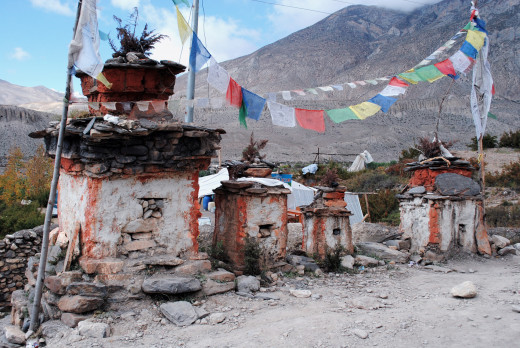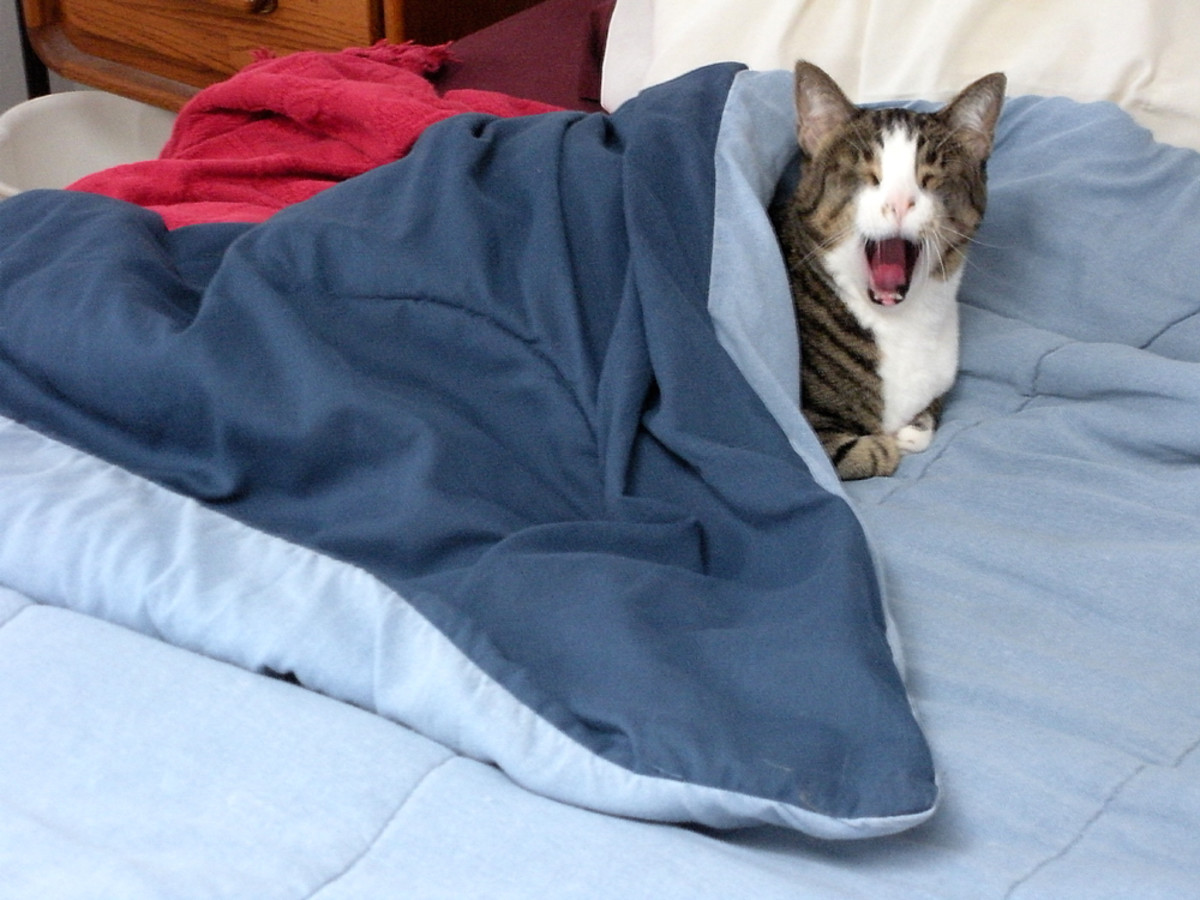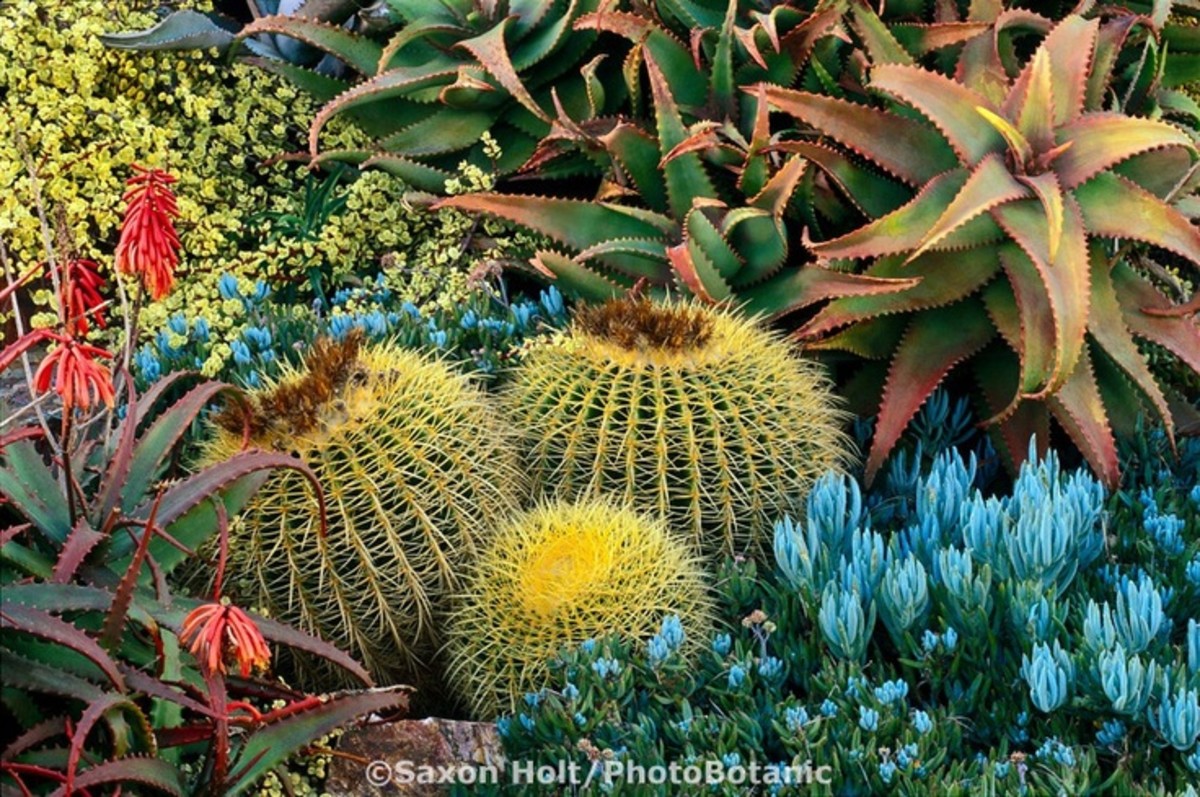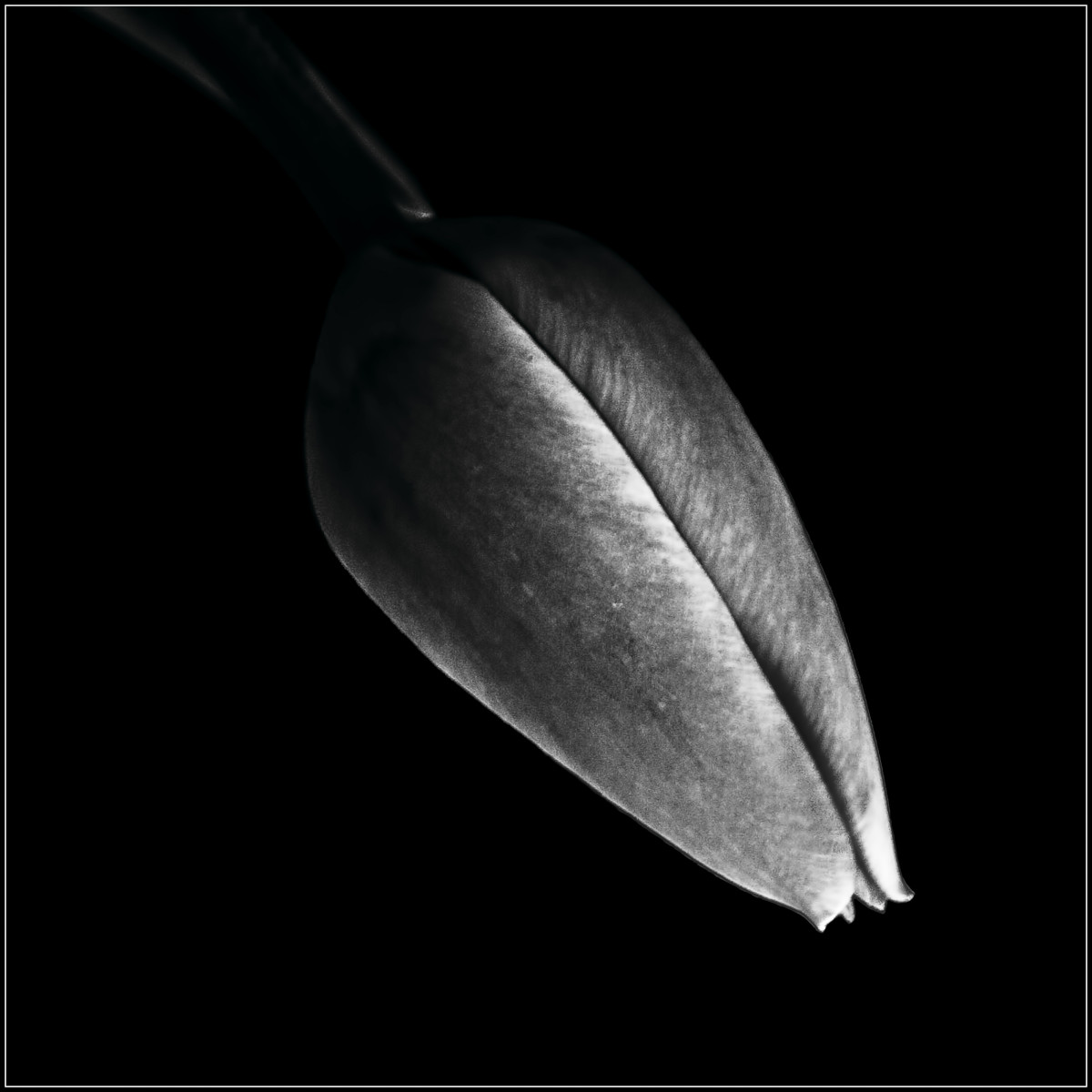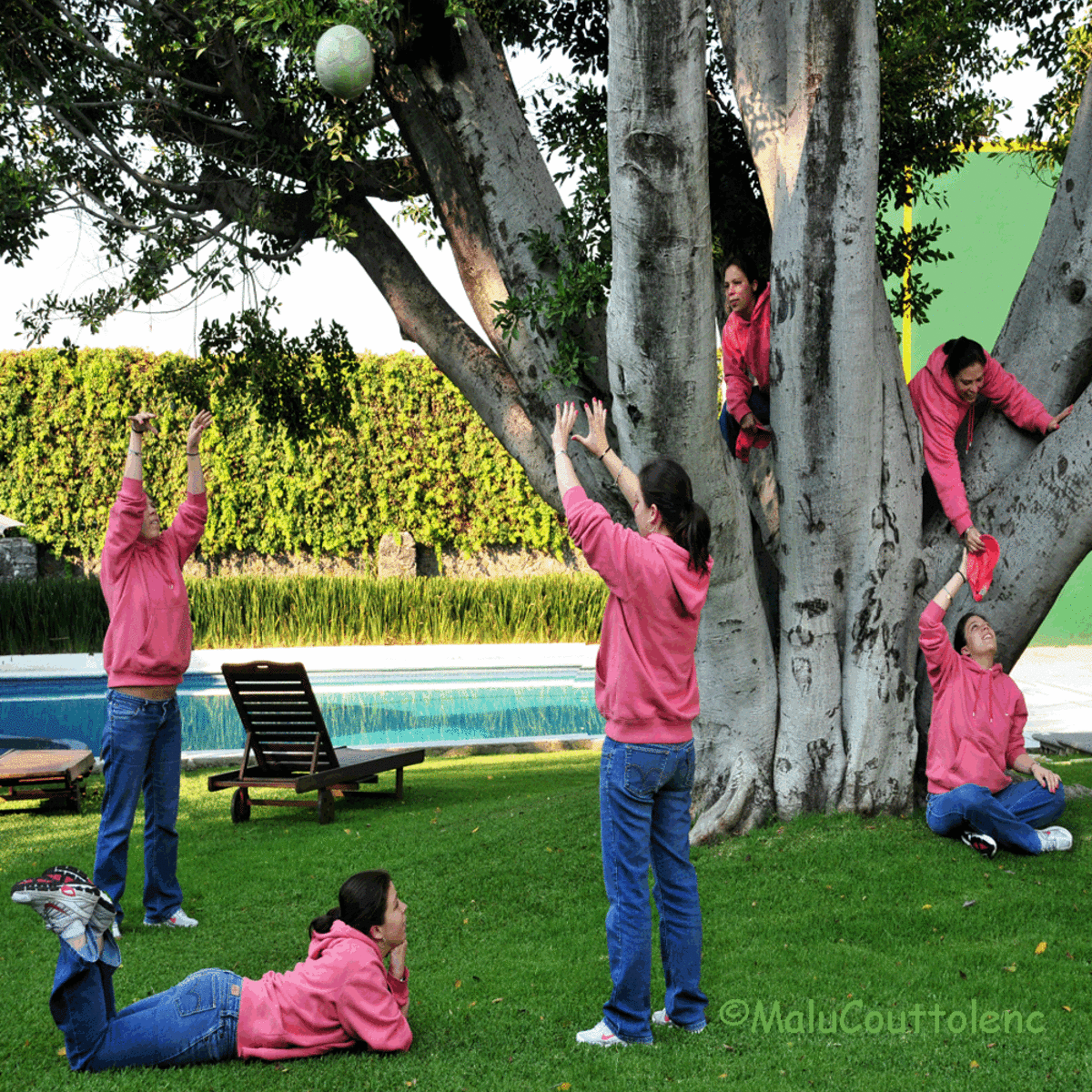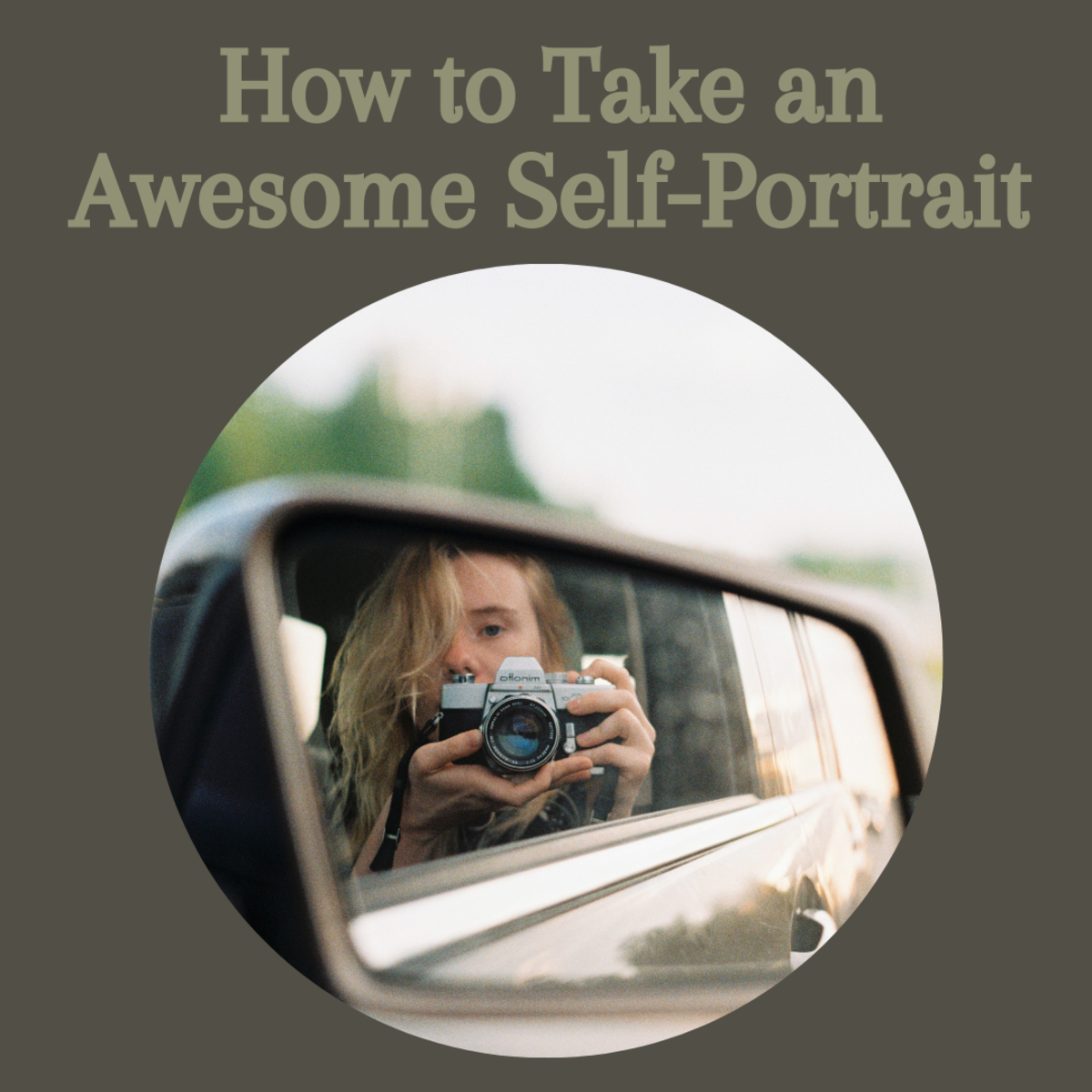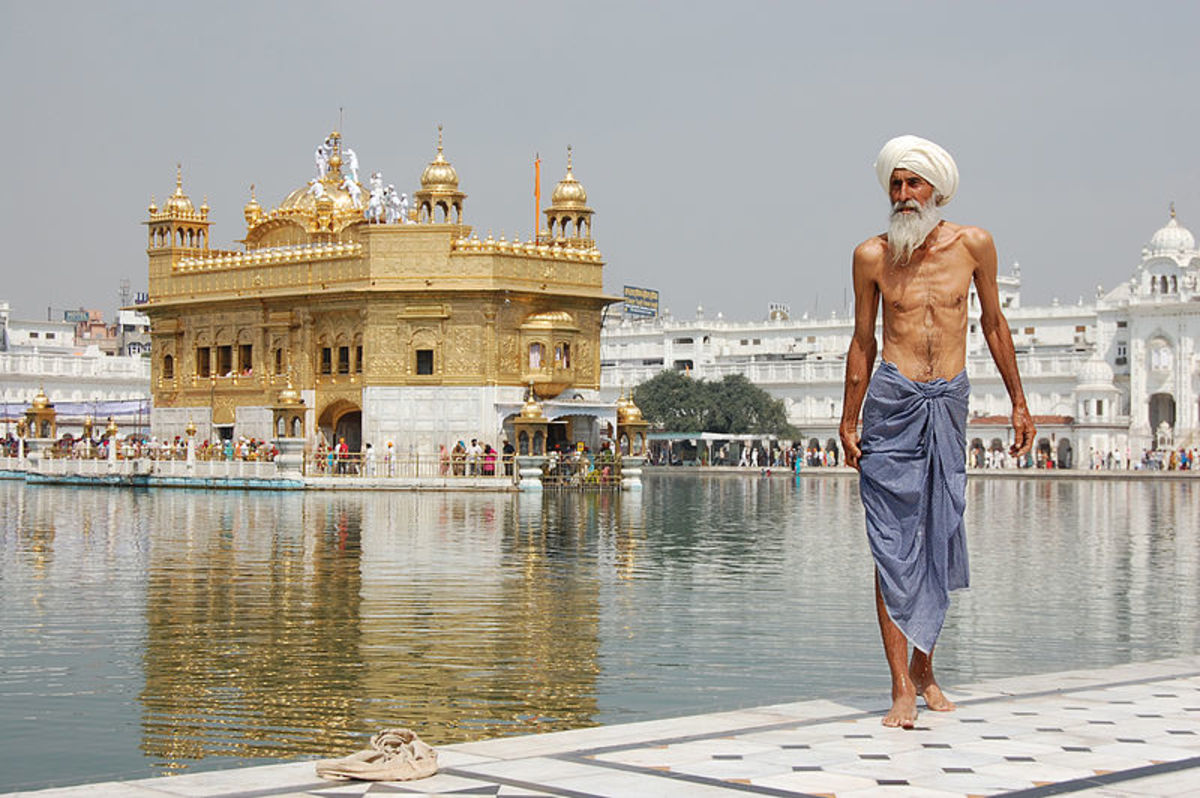How to be an On Location Photographer
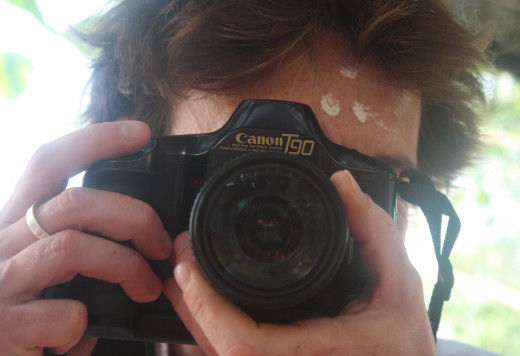
You travel, you have a camera, and you take pictures. In a way, you all are on location photographer. However, there is a difference between amateur photography and professional photography. Not every people who take pictures are photographers. Let us say, you have left amateur photography and you are walking on the road to become a professional, and you are confused about the kind of photography you want to do. If you enjoy shooting outdoors, maybe you will become a great on location photographer.
Every genre of photography has its own challenge and excitement, and you should be prepared for it. On location photography can be more exciting, more challenging than the studio photography because of its limitless opportunities. As an on location photographer, you can try street photography, or nature photography. You can also do on location portrait photography.

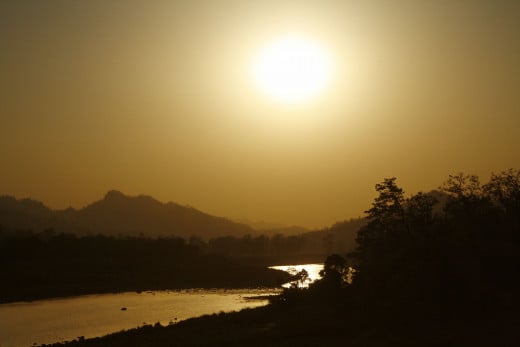
What kind of photography do you enjoy?
10-Step Guide to Become an On Location Photographer
Determine what kind of on location photographer you want to become. Do you want to work with models on the location, or simply want to capture color, texture and mood of the location? As an on location photographer, you can try variety of things. You can work with landscapes, portraits, streets, landmarks etc.
Before you travel to your location, you should properly understand your location. You should be aware whether the location is private or public, silent or noisy, lonely or crowded. Of course, you can get great shots on crowded and noisy places, but you have to understand all the disturbances you could come across.
Compose your image with great care. Background has to be strong to strengthen visual impact of the photo. You can begin by taking pictures without the subject, this will help you compose your photo during actual shooting.
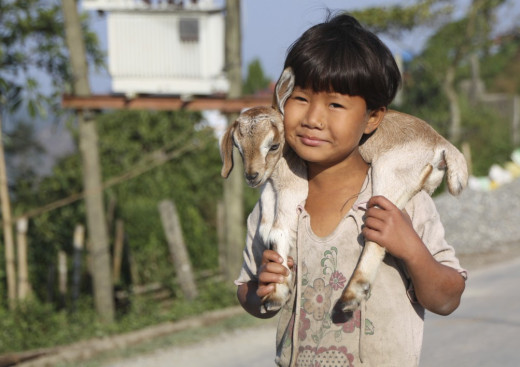
Before you begin shooting, you must see, in your mind, the kind of image you want to get. Plan your photography session. Make a list of the monuments, statues, buildings, temples, churches etc. in the location that you think worth capturing. If you are lost, take a cue from other photographers’ works.
If you are working with models, you should determine makeup, clothing, light etc. according to the location. Location and the subject must complement each other. Before you travel to the location, you should know your model better. Knowing your subject can give you head start to choose a location.
If you love doing portrait photography on location, emphasis must be on the subject more than the exotic location. Location you choose for your subject, must burnish your subject’s personality.
While choosing a location, you have to consider the time of the day, season and whether condition. Indoor location and outer location demands different kinds of lighting arrangements. You can use Fill light, or even flash, but try to depend on natural light. Choose a location that has diffuse light.
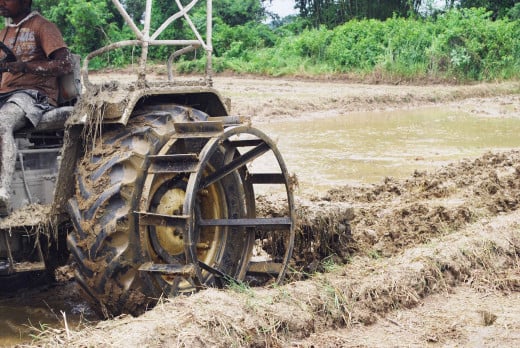
What do you like?
Carefully choose a vantage point (viewpoint). Vantage point can reveal the foreground and background wonderfully. Your perspective should give depth to your image. Vary your vantage point. Take a large-scale shot as well as focus on small details. You can photograph the entire are in a wide angle, as well as capture the face of a statue in the same location. Capture the same subject in different angles and perspective. Get a good viewpoint for panorama shot
Try to capture the most important thing in the location, it could be landmarks, parks, river anything. Vary your shots with people and without people. Don’t hurry clicking here and there. Be patient and carefully choose the subject.
Don’t exclude people from your lens. Whether it is urban or rural location, people define the location. Try to capture people in natural way and avoid making them self conscious. Maybe you want to do a close up of a person, however, ask approval before you take a picture.
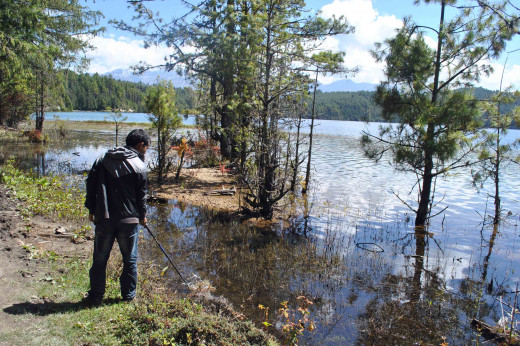

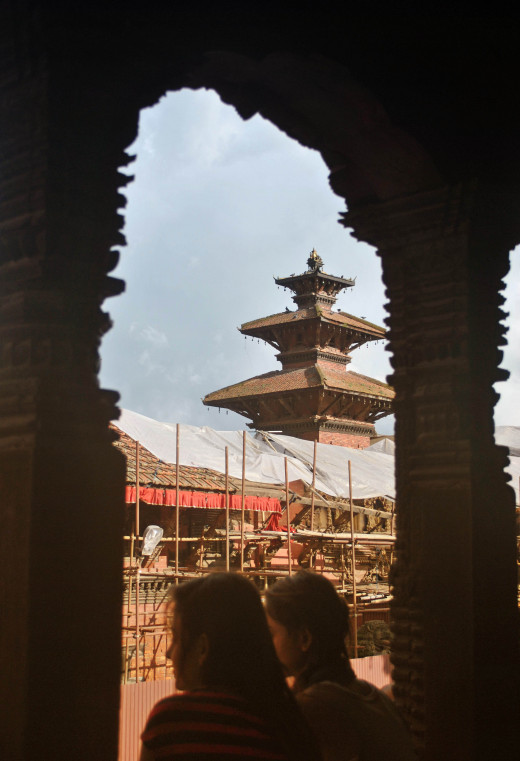
Essential Tools For On Location Photographer
Camera, lens, tripods etc. are most important tools for a photographer. However, there are also some other tools to make on location photographer’s job easier.
Visual Diary
Begin your photography career by maintaining a visual diary. Take notes on your assignments, works to be completed, details of shot, sketch idea for photography etc. Your visual diary is your storyboard.
Map
Before you travel, you have to do some research about your location. Google Map can be a wonderful tool, it can tell you about almost everything.
Weather Report
It is true that you can make use of all kinds of weather conditions; however, if you have particular idea in your mind, you should check weather report of your location. You can use television, newspaper, even Smartphone apps to determine the weather.
Smartphone Apps
Smartphone apps can be a wonderful tool for on location photographers. Look for the apps that tell you about world time, local weather, sunrise/sunset etc.
Photography Websites
Maybe you want to photograph Australian Opera House, it is one of the most photographed buildings. Look at the photographs on this location. This will give you a new viewpoint. Photography websites are very helpful not only to learn but also share your works.

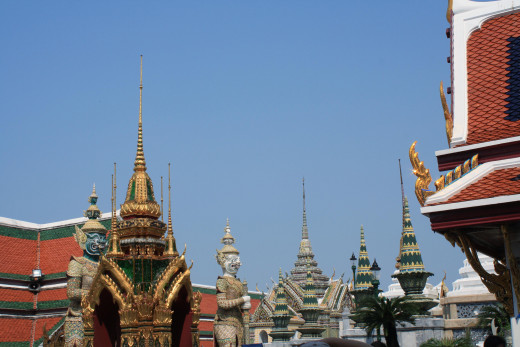
Location Scouting For On Location Photography
On location photography can be fulfilling only when you have a great location. Packing your equipments and heading to the destination can most of the time become waste of time and money, you have to do some research about the location. If you are a beginner, you can try with the places you are familiar.
Finding location can be bothersome but it can also provide great opportunities for the on location photographers. Location scouting will help you to find great locations for your photography sessions.
When you are out for a leisure walk, carry your equipment. Take pictures. Later these pictures can give you some idea about your location. You don’t have to carry your professional camera, even your phone camera will be helpful during your photo walk.
Take a break from your shooting schedule and roam in the surrounding area. You can find another great location, if you minutely observed the location.
Understand the lighting condition. Your location will become great only when you have great lighting conditions. Lighting conditions are determined by various factors such as time of the day, season, weather etc.
When you are on location scouting, shoot as much as you can. Photos taken during location scouting can give you interesting location ideas. You can even understand lighting and get viewpoint. This will help you to compose your photo better.
